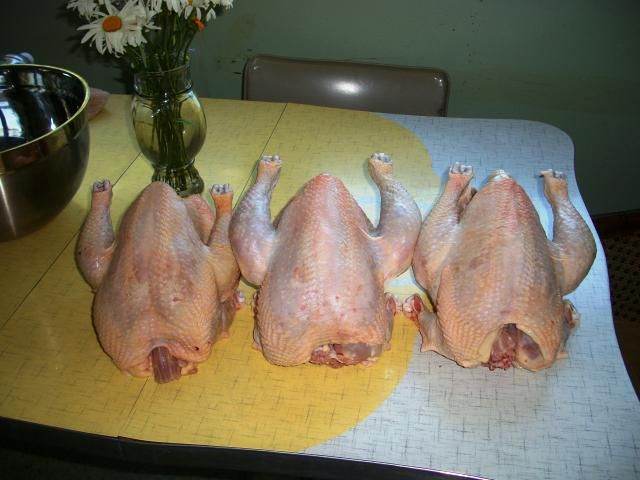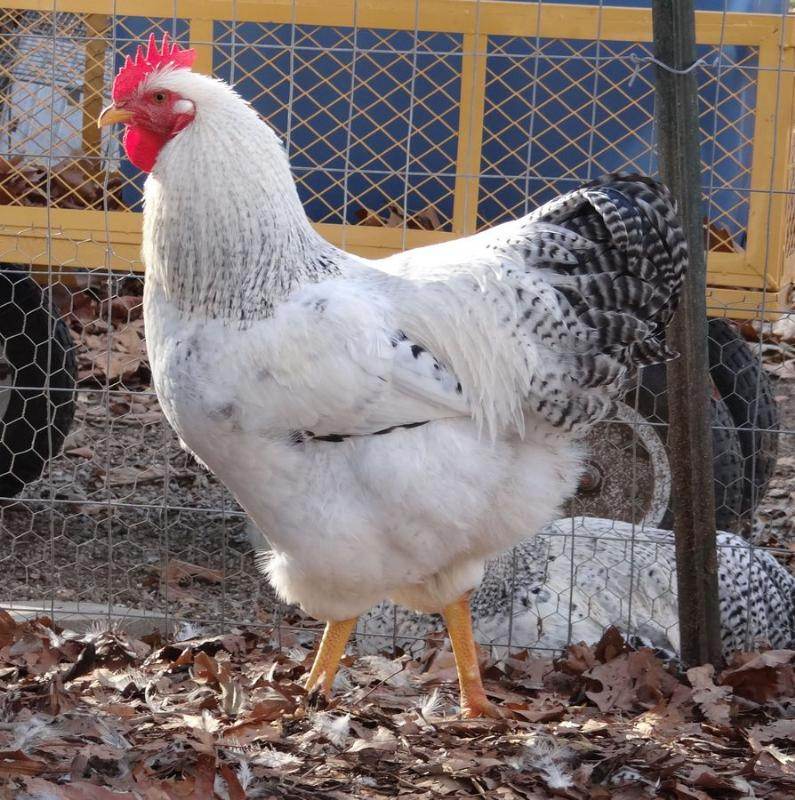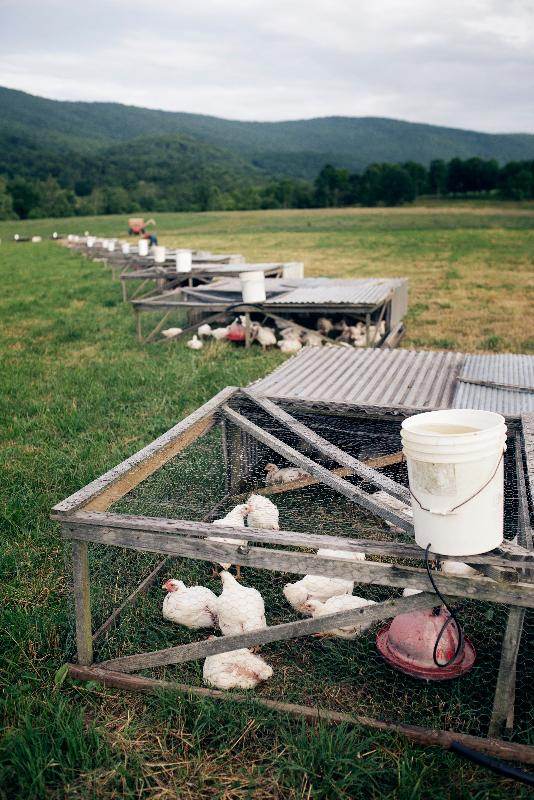









Muddling towards a more permanent agriculture. Not after a guru or a religion, just a functional garden.





















For unlimited return on all your investments - Make your deposits at 'The Entangled Bank' !




A man will be satisfied with good by the fruit of his mouth, And the recompense of a mans hands will be rendered to him. Proverbs 12:14 NKJV












Folks that feed them free choice don't stick around to see if and when they get full enough to walk away from the feeder, so they have a hard time gauging how much it takes to fill them each time.
A man will be satisfied with good by the fruit of his mouth, And the recompense of a mans hands will be rendered to him. Proverbs 12:14 NKJV




A man will be satisfied with good by the fruit of his mouth, And the recompense of a mans hands will be rendered to him. Proverbs 12:14 NKJV













 2
2












 2
2












Kevin Longeway wrote:Hey Jay, could you explain how big you have the holes in the water container? We have the on the ground kind and our meat chicken always crap on it and we have to clean it every couple days. Your way looks much better.
• They are mediocre foragers - much prefer unnatural cereals/grains.
• Their specialized breeding has created an unhealthy breed...expect untimely death/diseases.
• They need to be butchered too early - before they develop flavor.
• Not enough dark meat for my liking - all breast, with scrawny legs. (Useless for soup/stock.)
• You will end up with basically the same thing Wal Mart sells.





 I fed mine chick starter for the first 3 weeks then put them on layer mixed with scratch. They also got once in a while pumpkin and table scraps that I would give the layers too. Out of 35 I only lost 6 and those were early on. One was weak at the start and didnt make it 2 were piled upon cause it got too cold one night one got under a big bowl and I didnt know and didnt find it til the next day one was a crooked beak and one I have no idea but thats when they were around a week old. As they got older I found them to be really hardy. They were pretty messy but probably because I had so many. My neighbor and I are going to do some more come spring and see if its easier to do in the spring. This year when the heat stopped it stopped and got chilly pretty quick.
I fed mine chick starter for the first 3 weeks then put them on layer mixed with scratch. They also got once in a while pumpkin and table scraps that I would give the layers too. Out of 35 I only lost 6 and those were early on. One was weak at the start and didnt make it 2 were piled upon cause it got too cold one night one got under a big bowl and I didnt know and didnt find it til the next day one was a crooked beak and one I have no idea but thats when they were around a week old. As they got older I found them to be really hardy. They were pretty messy but probably because I had so many. My neighbor and I are going to do some more come spring and see if its easier to do in the spring. This year when the heat stopped it stopped and got chilly pretty quick. 1
1








 but this weekend we will have the tatse test. I am sure they will be as good as our first fresh eggs. Also next spring I am going to do turkeys. I am leaning towards Midget White because of the size and reported taste and the fact that they breed naturally. I plan on keeping a tom and 2 hens so each year I can hatch out my own instead of buying poults each year. I wish we could do the same with the CX, but they are so inexpensive that the cost are not that bad. I am just trying to get a little more selfsuffient and I detest what Big Ag does to our food. I have had a lot of people at work ask me how I can do this, but I tell them my chickens had a good life that I nurtured them til its time for them to nuture me. The circle of life.
but this weekend we will have the tatse test. I am sure they will be as good as our first fresh eggs. Also next spring I am going to do turkeys. I am leaning towards Midget White because of the size and reported taste and the fact that they breed naturally. I plan on keeping a tom and 2 hens so each year I can hatch out my own instead of buying poults each year. I wish we could do the same with the CX, but they are so inexpensive that the cost are not that bad. I am just trying to get a little more selfsuffient and I detest what Big Ag does to our food. I have had a lot of people at work ask me how I can do this, but I tell them my chickens had a good life that I nurtured them til its time for them to nuture me. The circle of life.



 It's a pretty simple recipe....feed mix, water and a shot of mother vinegar to get it charged up quicker, plus time to ferment all the way through(couple of days in warm but not hot weather). That's it. The key is to not offer anything else, just the FF. They will soon gobble it like there is no tomorrow!
It's a pretty simple recipe....feed mix, water and a shot of mother vinegar to get it charged up quicker, plus time to ferment all the way through(couple of days in warm but not hot weather). That's it. The key is to not offer anything else, just the FF. They will soon gobble it like there is no tomorrow!

















 We made em act like chickens!
We made em act like chickens!
 1
1




Order copies of my book, Dairy Farming: The Beautiful Way at
www.createspace.com
Help spread the word! Thanks!
struggle - hustle - soul - desire








 1
1








Come join me at www.peacockorchard.com




 2
2




 1
1












Kevin Longeway wrote:Hey Jay, could you explain how big you have the holes in the water container? We have the on the ground kind and our meat chicken always crap on it and we have to clean it every couple days. Your way looks much better.
 1
1






 2
2





How permies.com works
What is a Mother Tree ?

|
a wee bit from the empire
Freaky Cheap Heat - 2 hour movie - HD streaming
https://permies.com/wiki/238453/Freaky-Cheap-Heat-hour-movie
|








